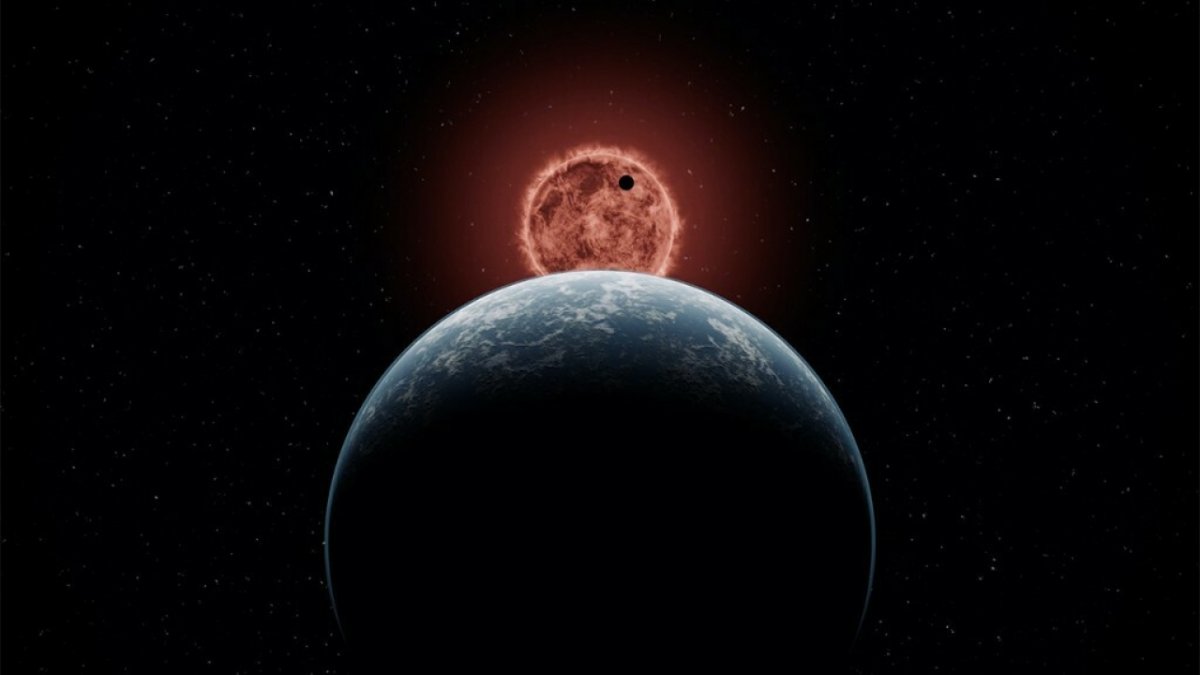NASA’s TESS space telescope has recently discovered two exoplanets that could help in solving the mysteries behind super-Earths and mini-Neptunes. A team of researchers from the University of Liège led the study, finding that TOI-2096 b is a “super-Earth,” while TOI-2096 c is a “mini-Neptune.” The orbits of both planets are in resonance, with the inner planet orbiting the star twice during each outer planet’s orbit. The team believes that with more powerful telescopes, the masses of both planets could be determined with precision.
According to the university, there is a noticeable gap in exoplanets with a radii of roughly 1.5 to 2.5 Earths. There are too few of these planets compared to the number that theories predict. On top of this, there are still many unanswered questions surrounding the formation of super-Earths and mini-Neptunes. Co-author Mathilde Timmermans explains that TOI-2096 is the only star system with a super-Earth and a mini-Neptune of the exact sizes that contradict the current theories around their formation. This system could lead to a better understanding of how these celestial bodies form.
The exoplanets’ size and the brightness of their star make them ideal for follow-up observations when studying atmospheres. The James Webb space telescope is one of the best candidates for analyzing the system further. The discovery is published in the journal Astronomy and Astrophysics.
The question of how super-Earths and gas dwarfs form has been puzzling astronomers for years. Both types of planets have no equivalents in the solar system, and there are many exoplanets currently being discovered in these categories. Scientists have also recently discovered that super-Earths could form from gas dwarfs that lose their gas envelope. TOI-2096 might just provide the answers scientists have been searching for.


